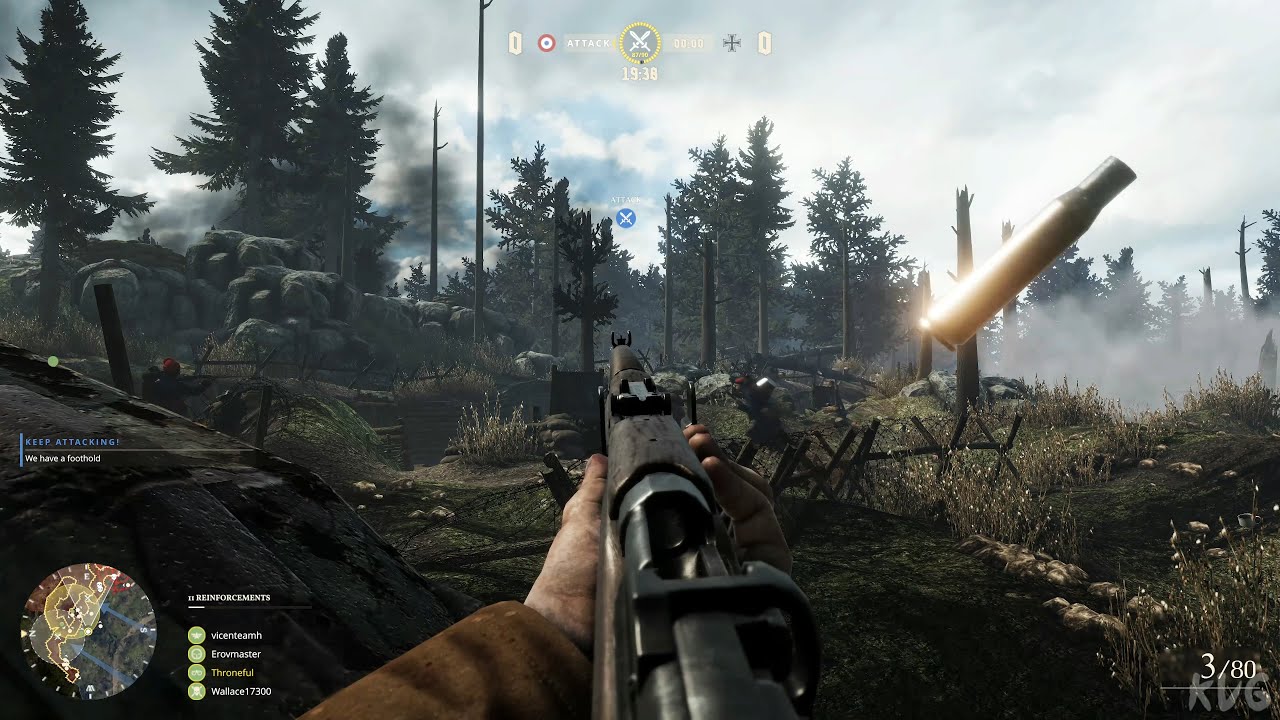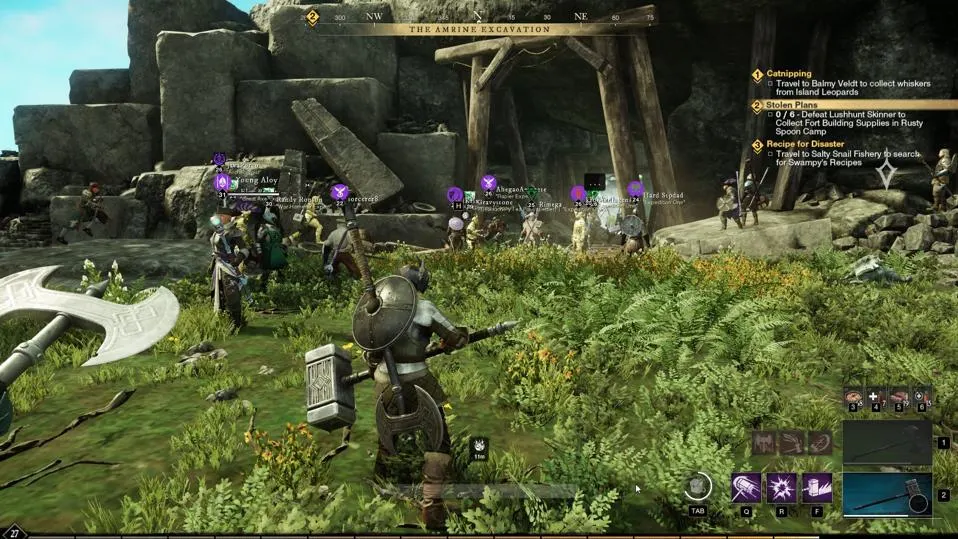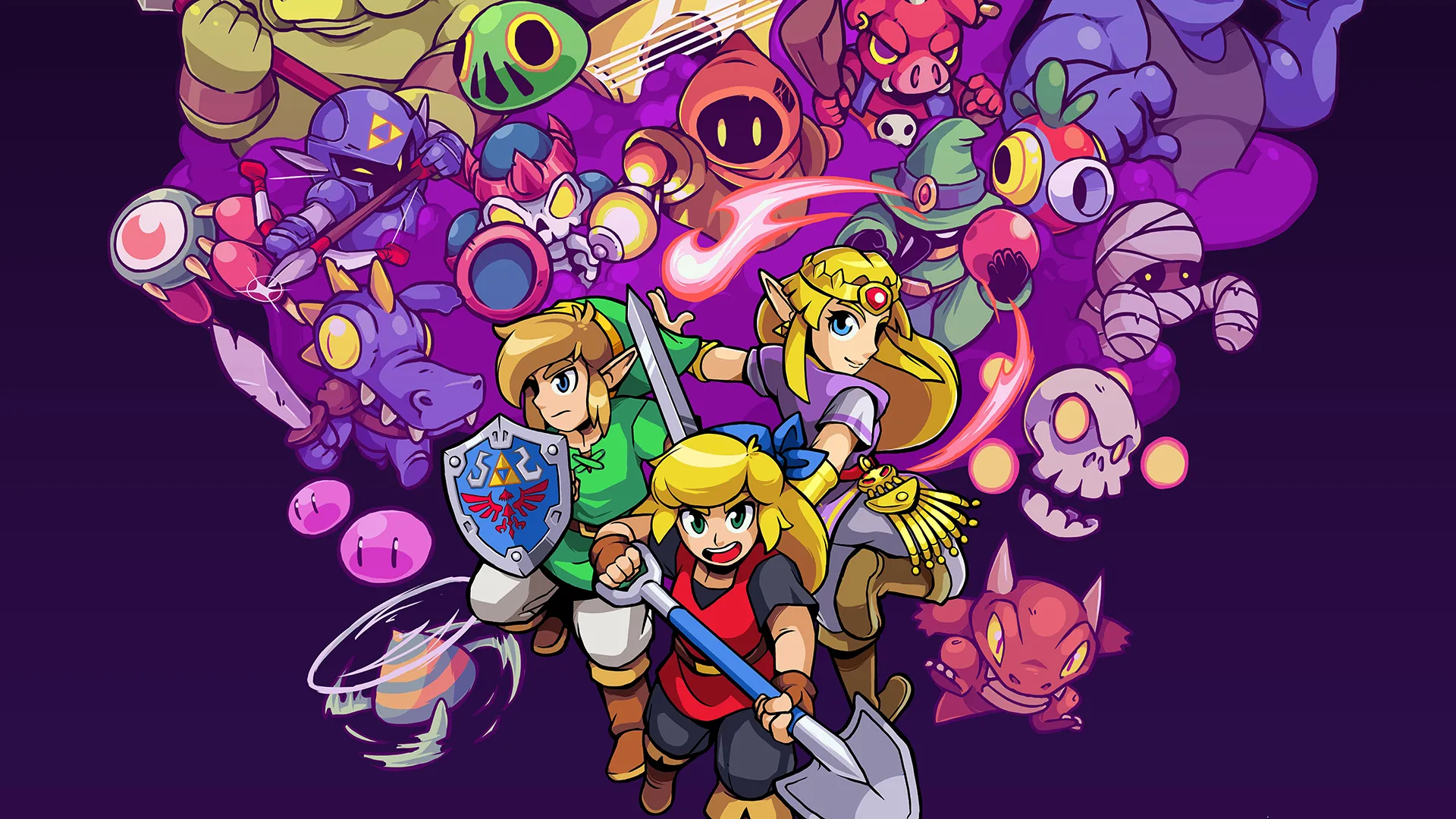Introduction
Verdun is a tactical, squad-based first-person shooter (FPS) set during World War I. Developed by M2H and Blackmill Games, Verdun was initially released in April 2015. This game offers a brutal and realistic depiction of trench warfare, capturing the essence of one of the most harrowing periods in modern history. With its emphasis on realism, teamwork, and historical accuracy, Verdun stands out in a genre often dominated by fast-paced, futuristic warfare games.
In this article, we will explore various aspects of Verdun, including gameplay, graphics, sound, and how it has been received by the gaming community. We’ll also address some frequently asked questions about the game. Whether you’re a history buff or an FPS enthusiast, Verdun offers a unique gaming experience that deserves a closer look.
Gameplay Overview
Realism in Trench Warfare
Verdun is known for its dedication to realism, which is evident in every aspect of its gameplay. The game is set on the Western Front between 1914 and 1918, and players are thrust into the heart of trench warfare. The game’s mechanics reflect the slow, methodical, and often terrifying nature of World War I combat. Unlike many FPS games that emphasize rapid movement and quick reflexes, Verdun requires careful planning, teamwork, and an understanding of historical tactics.
Tactical Squad-Based Combat
Verdun emphasizes squad-based gameplay, with players divided into squads representing different nationalities and roles. Each squad has its own unique abilities, uniforms, and weapons, reflecting the diversity of forces involved in the conflict. The game’s four primary game modes—Frontlines, Attrition, Rifle Deathmatch, and Squad Defense—each offer a distinct experience, with Frontlines being the most popular. In Frontlines, teams alternate between attacking and defending trenches, capturing territory, and pushing the front line.
Weaponry and Authenticity
The weapons in Verdun are meticulously researched and recreated to reflect the firearms used during World War I. From bolt-action rifles to bayonets, the arsenal is varied and period-accurate. The game’s developers took great care to ensure that the weapons not only look authentic but also function as they would have in real life. For instance, bolt-action rifles require manual cycling after each shot, and reloading can be a lengthy process, adding to the tension and realism of the game.
Graphics and Visuals in
Historical Accuracy in Environment Design
One of Verdun’s standout features is its commitment to historical accuracy, not just in gameplay but also in its visuals. The game’s environments are based on actual battlefields from World War I, such as the infamous Battle of Verdun. The developers used period photographs, maps, and other historical documents to recreate the trenches, bunkers, and landscapes that players traverse. The result is an immersive experience that feels both authentic and oppressive.
Realistic Character Models and Animations
Character models in Verdun are detailed and historically accurate, from the uniforms to the facial features. Each faction is represented with its own distinctive appearance, including different uniforms, helmets, and equipment. The animations are also well-executed, particularly the reloading and firing sequences, which contribute to the game’s sense of realism.
Weather Effects and Atmospheric Immersion
Verdun’s weather effects and lighting further enhance the game’s atmosphere. The bleak, muddy trenches are often shrouded in mist, rain, or smoke, creating a foreboding environment that mirrors the grim reality of World War I. These weather conditions can also impact gameplay, as reduced visibility makes it harder to spot enemies and increases the tension on the battlefield.
Sound Design and Music
Authenticity in Audio
The sound design in Verdun plays a crucial role in creating an immersive experience. The developers recorded authentic gunfire, explosions, and other battlefield sounds to ensure that players feel as though they are in the midst of a real conflict. The whistling of artillery shells, the crack of rifle fire, and the shouts of soldiers all contribute to the game’s intense atmosphere.
Music and Ambient Soundscapes
While Verdun doesn’t feature a traditional musical score, it uses ambient soundscapes to great effect. The sounds of distant gunfire, the wind howling through the trenches, and the occasional roar of artillery create a sense of unease that permeates the game. This approach to sound design is fitting for a game focused on realism, as it allows the environmental sounds to take center stage.
Verdun Game Modes and Multiplayer Experience
Frontlines Mode: A Tug-of-War Experience
Frontlines is Verdun’s signature game mode and offers a unique blend of attack and defense. In this mode, teams must capture and hold trench lines while repelling enemy assaults. The mode simulates the back-and-forth nature of World War I trench warfare, where gaining ground is hard-fought and often temporary. This mode requires teamwork, strategy, and effective communication, as players must coordinate their attacks and defenses to succeed.
Attrition Mode: Survival of the Fittest
Attrition mode is a more traditional team deathmatch experience but with a World War I twist. Teams compete to deplete the enemy’s tickets, which represent the number of reinforcements available. Once a team runs out of tickets, they can no longer respawn, making every life precious. This mode emphasizes careful movement and positioning, as reckless play can quickly lead to a team’s downfall.
Rifle Deathmatch: A Test of Marksmanship
Rifle Deathmatch is a free-for-all mode where players are armed only with bolt-action rifles. This mode strips away the squad-based elements of the game, focusing instead on individual skill. The slow rate of fire and manual reloading make every shot count, requiring precision and patience.
Squad Defense: Cooperative Gameplay
In Squad Defense mode, players team up to defend their trench against waves of AI-controlled enemies. This mode is ideal for players who prefer cooperative gameplay and want to hone their defensive strategies. It’s also a great way to practice with different weapons and tactics in a less competitive environment.
Verdun Reception and Reviews
Critical Acclaim for Historical Accuracy
Verdun has received praise for its historical accuracy and commitment to realism. Many critics have lauded the game for its attention to detail, particularly in its depiction of trench warfare and its faithful recreation of World War I weapons and uniforms. The game’s developers were commended for their dedication to historical authenticity, which sets Verdun apart from other FPS titles.
Mixed Reactions to Gameplay Mechanics
While Verdun’s realism has been praised, it has also been a point of contention for some players. The game’s slow-paced, methodical gameplay is not for everyone, particularly those accustomed to the fast-paced action of modern FPS games. Some players have found the game’s mechanics to be overly punishing, with the slow reloading times and high lethality leading to frustration. However, for those who appreciate the game’s emphasis on realism, these mechanics are seen as a strength rather than a weakness.
Community and Player Feedback
Verdun has developed a dedicated community of players who appreciate its unique take on the FPS genre. The game’s community is known for being welcoming to new players, with many veterans offering tips and advice to help newcomers adapt to the game’s challenging mechanics. However, some players have noted that the game’s player base can be small at times, leading to longer wait times for matches, particularly in less popular game modes.
Conclusion: Is Verdun Worth Playing?
Verdun is a game that stands out in the FPS genre for its commitment to historical accuracy and realism. It offers a unique experience that appeals to players interested in World War I and those who enjoy tactical, squad-based gameplay. While the game’s slow pace and high difficulty may not be for everyone, it provides a refreshing alternative to the fast-paced action of more mainstream FPS titles.
Whether you’re a history enthusiast or a seasoned FPS player looking for a new challenge, Verdun is worth your time. Its detailed environments, authentic sound design, and challenging gameplay create an immersive experience that few other games can match. While it may not have the broad appeal of more casual shooters, it has carved out a niche for itself as one of the most authentic World War I games available.
Verdun is not just a game; it’s a historical experience that brings the brutal reality of World War I to life. If you’re ready to step into the trenches and experience warfare as it was over a century ago, Verdun is a game that should not be missed.
Frequently Asked Questions :-
Is Verdun based on real events?
Yes, Verdun is based on real events from World War I. The game is named after the Battle of Verdun, one of the longest and most brutal battles of the war. The game’s environments, weapons, and uniforms are all based on historical sources, making it one of the most historically accurate FPS games available.
Can Verdun be played solo?
While Verdun is primarily a multiplayer game, it does offer a Squad Defense mode that can be played solo or cooperatively with others. In this mode, players defend a trench against waves of AI-controlled enemies. However, the game’s core experience is best enjoyed in multiplayer, where teamwork and communication are key.
What platforms is Verdun available on?
Verdun is available on multiple platforms, including PC, PlayStation, and Xbox. The game is also available on macOS and Linux, making it accessible to a wide range of players.
How does Verdun compare to other World War I games?
Verdun is often compared to its sister game, Tannenberg, which is also developed by M2H and Blackmill Games. While Tannenberg focuses on the Eastern Front of World War I, Verdun is centered on the Western Front. Both games share similar mechanics and a commitment to realism, but Verdun is known for its trench warfare and squad-based gameplay, while Tannenberg offers more open, maneuver-based combat.
Is Verdun still actively supported by the developers?
Yes, the developers of Verdun continue to support the game with updates and community events. While the game was first released in 2015, it has received numerous updates over the years, including new content, bug fixes, and quality-of-life improvements. The developers are also active in the game’s community, regularly engaging with players and listening to feedback.
What are the system requirements for Verdun?
The system requirements for Verdun are relatively modest, making it accessible to players with older or less powerful hardware. The game requires a minimum of an Intel Core i5 processor, 4 GB of RAM, and a graphics card with at least 1 GB of VRAM. However, for the best experience, it is recommended to have a more powerful system with at least 8 GB of RAM and a dedicated graphics card.
How does Verdun handle matchmaking?
Verdun uses a region-based matchmaking system to ensure that players
are matched with others in their geographical area. This helps to reduce latency and provide a smoother gameplay experience. However, due to the game’s relatively small player base, matchmaking times can vary depending on the time of day and the popularity of the game mode being played.
Are there any expansions or DLCs for Verdun?
Verdun has received several updates and expansions since its release, including the addition of new maps, weapons, and game modes. The developers have also released Tannenberg and Isonzo, which are standalone expansions that focus on different theaters of World War I. These games share the same engine and gameplay mechanics as Verdun but offer new settings and experiences.



